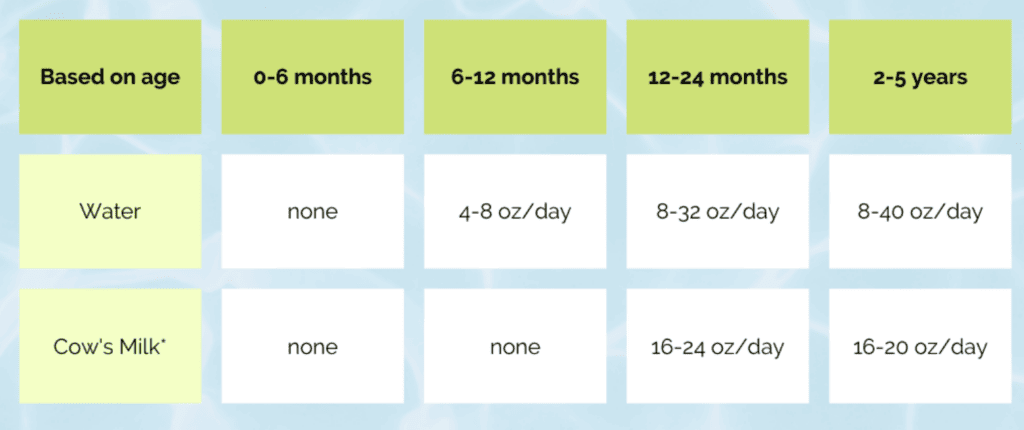
The weather is getting nicer and the sun is getting hotter here in SC, so let's talk through some key preventative tips as you and your family start venturing outside more.
Stay Cool!
South Carolina, especially the Midlands region, is notoriously hot during the Summer months, with highest temperatures occurring during July. With the heat index oftentimes reaching over 90* F, it is important to know how to combat extreme temperatures to keep your family safe.

Helpful tip: Stay cool this summer by:
Sun Safety!
Always apply sunscreen when outside. Apply 15-30 minutes ahead of when going outside to allow it to absorb and reapply every 2-3 hours or right after getting wet. Sunscreens that contain zinc oxide and are at least 30 SPF are recommended, as well as the use of hats and sun protective clothing to limit sun exposure. Don't forget lip balm with sunscreen to protect lips!
Always check the car!
Never leave children in the car, even for short periods of time, even with the windows open. Be sure to talk with your child about not using the car as a hiding spot for games, and advise them to never be alone in the car.
Helpful tip: when driving, place items you need in the backseat such as purses, cell phones, shoes, etc. as an added reason to check the backseat.
Hydrate!
The AAP recommends the following daily water and milk intake for children under the age of 5. For hotter days or on days when kids are outside for longer periods of time, aim for the higher recommendation.

For children 4-8 years old, aim for 5 cups of water, and 7-8 cups of water for older children.
Helpful tip: Try to limit sugary drinks and encourage water intake. To make water more appealing to kids, try infusing it with lemons, berries, cucumbers or mint.
Bugs Bugs Everywhere!
South Carolina bugs are making their appearance, so consider the following when going outdoors:
Water Safety!
Never leave children unattended around bodies of water, even small ones. Don't rely on inflatable toys or water wings to keep your child safe in the water. Flotation devices and life jackets should be approved by the U.S. Coast Guard (check for the seal) and should fit according to the PFDs size recommendations, which is usually based on size and weight. Not sure when and wear to a life jacket? Check this:
Other considerations include:
Wheel Safety!
Always wear a helmet when riding a bike or scooter. Adjust the helmet so that it fits properly; it should be placed squarely on the head and cover the top of the forehead. Helmets should not move around on the head or slide down over the wearer's eyes when pushed or pulled.
Supervise your child outside and teach them bike/scooter safety, as well as how to look out for motorists and other riders.